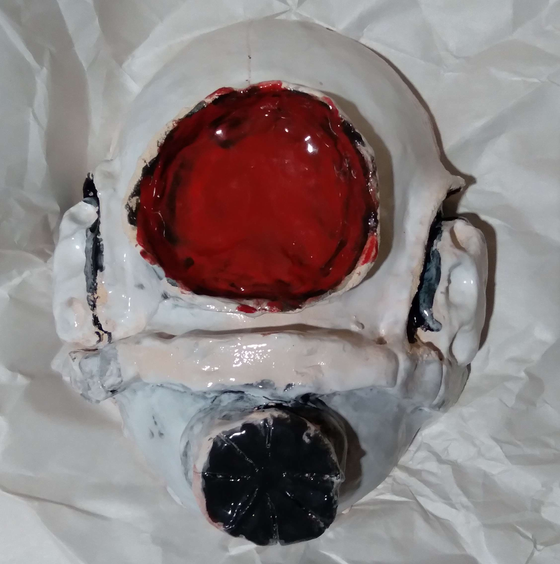
clay combine elite mask i made in art class
 23
23 2
2Currently working on Neuro-Dose, a Half Life Alyx campaign.


clay combine elite mask i made in art class
 23
23 2
2
1000 hours in s2fm and it's been all dedicated to this man
 16
16 13
13 7
7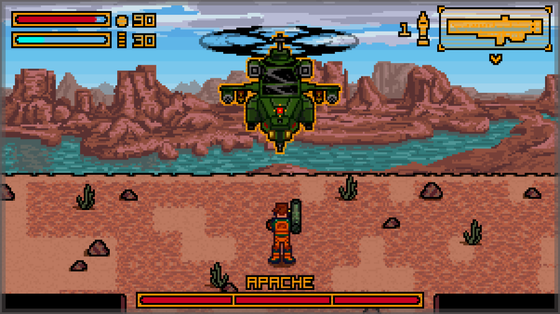
boss fight time 🚁
 25
25 14
14 13
13 6
6 3
3
gordon sprites 🔫
 16
16 16
16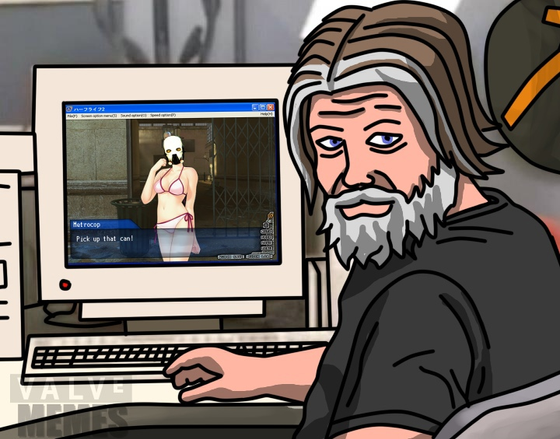
 18
18 18
18 18
18 2
2
Shockroach for the upcoming Half Life: Opposing Force remake “Operation Black Mesa”.
 15
15 10
10 11
11 2
2 1
1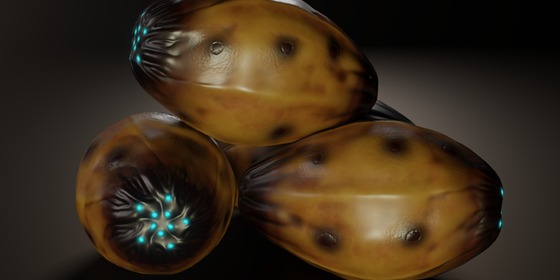
Antlion Egg for the Half Life 2 mod “Raising the Bar: Redux”
 5
5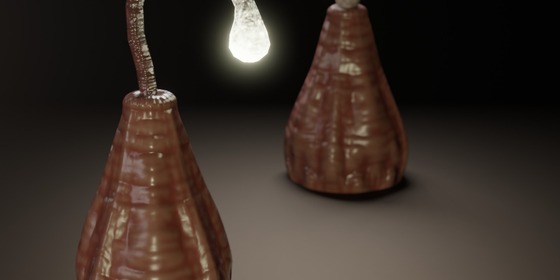
Xen Light for the upcoming Half Life: Opposing Force and Blue Shift remake “Operation Black Mesa”.
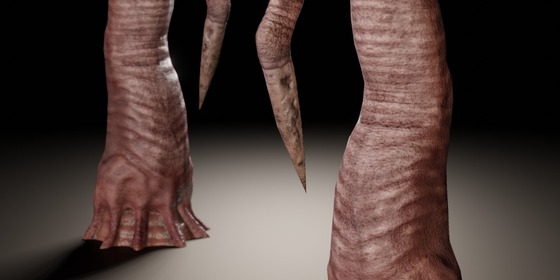
Xen Tree for the upcoming Half Life: Opposing Force and Blue Shift remake “Operation Black Mesa”.
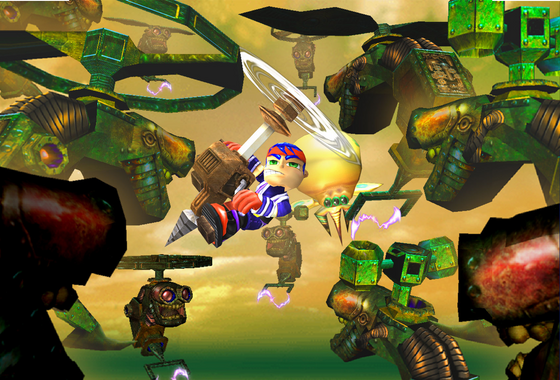
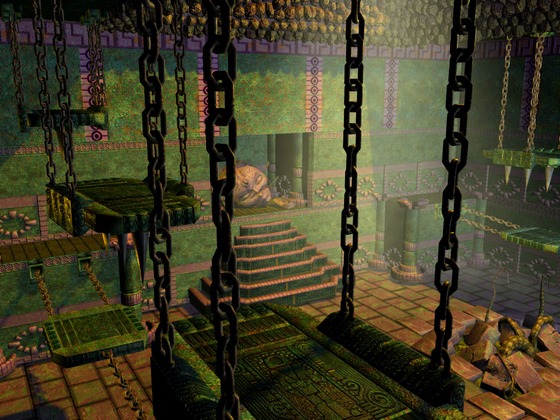

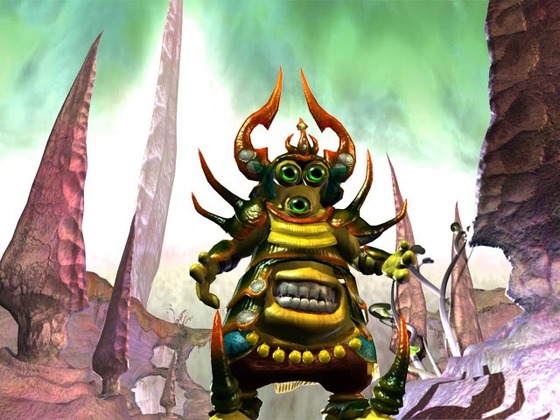
Exploring Valve Archive, part 28 - "A Valve 3D platformer to rival Mario?" valvearchive.com>archive>3rd Party Developers>Escape Factory>Teebo And Kai The Search For Awl (Cancelled)> In the year 2000, Valve Software were contracted by Microsoft to develop a title for their upcoming Xbox console. Keen to develop for the new hardware, Valve collaborated with newly-found game studio Escape Factory: a team of industry veterans who'd worked at the likes of Sega and Nintendo. Before long, they built …
 1
1 1
1